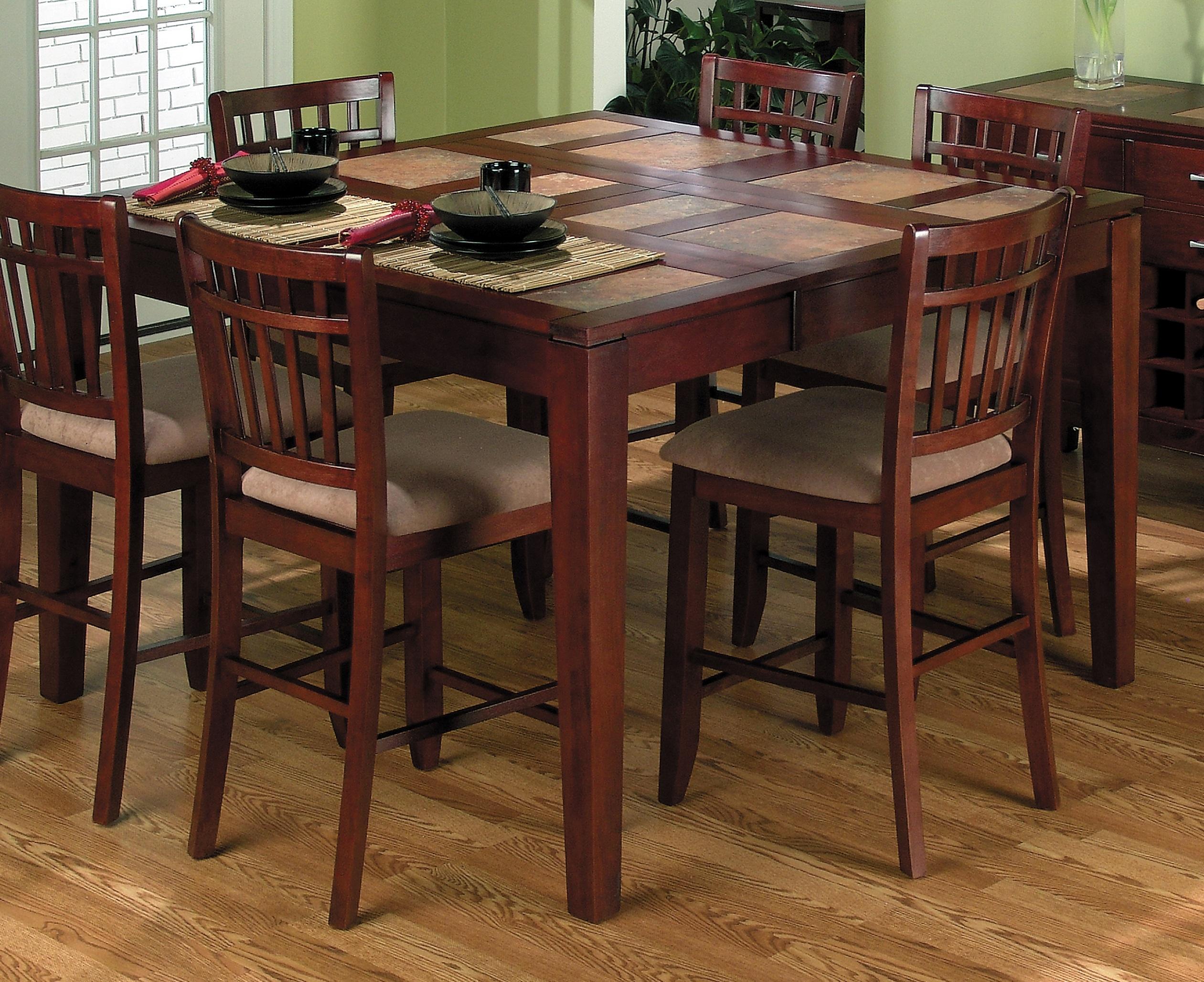The living room is often considered the heart of the home, where loved ones gather and memories are made. But did you know that the arrangement and design of your living room can greatly impact the energy flow and overall harmony of your home? This is where fung shui comes in, an ancient Chinese practice of arranging your environment to promote balance and harmony. Here are some tips to bring good fung shui into your living room.1. Fung Shui Tips for a Harmonious Living Room
The placement of furniture is crucial in fung shui as it affects the flow of energy in the room. The first step is to make sure that the main pieces of furniture, such as the sofa and armchairs, are not directly facing the door. This is said to create a "pointed arrow" effect, which can bring negative energy into the room. Instead, try to arrange your furniture in a U-shape or L-shape, with the sofa against a solid wall for stability and support.2. How to Arrange Furniture in a Fung Shui Living Room
In fung shui, there are five elements - wood, fire, earth, metal, and water - that represent different aspects of life and can be used to create balance and harmony in your living room. You can incorporate these elements through colors, shapes, and materials. For example, wood can be represented by green or brown colors and can be introduced through wooden furniture or plants. Fire can be represented by red or orange colors and can be brought in through candles or artwork. Experiment with these elements to see what feels most harmonious in your living room.3. The Five Elements of Fung Shui in Your Living Room
One of the main goals of fung shui is to create a peaceful and relaxing environment in your living room. To achieve this, it is important to declutter and keep the space clean and organized. Clutter can disrupt the flow of energy and create a sense of chaos. You can also incorporate soft, natural materials such as cotton or wool in your furniture and décor to create a cozy and inviting atmosphere.4. Creating a Relaxing Atmosphere in Your Living Room with Fung Shui
In fung shui, plants are believed to bring positive energy and vitality into a space. They also help to purify the air and add a touch of nature to your living room. Some recommended plants for fung shui include bamboo, peace lily, and snake plant. You can also incorporate other natural elements such as rocks, crystals, or a small indoor water feature to promote balance and harmony.5. Incorporating Plants and Natural Elements in Your Fung Shui Living Room
Colors play a significant role in fung shui, as each color represents a different energy. For example, red is associated with passion and vitality, while blue is connected to calmness and relaxation. It is important to choose colors that reflect the energy you want to bring into your living room. You can also use color to balance out the elements in your space. For example, if you have a lot of fire elements, you can balance it out with some earthy shades like brown or yellow.6. The Importance of Color in Fung Shui for Your Living Room
We mentioned earlier the importance of decluttering for good fung shui, but it can be challenging to keep a living room clutter-free, especially if it is a high-traffic area. One tip is to have designated storage spaces for items like remotes, magazines, and other small objects. You can also regularly go through your living room and remove any unnecessary or unused items. This will not only promote good fung shui but also create a more spacious and inviting living room.7. Fung Shui Tips for a Clutter-Free Living Room
Mirrors are a powerful tool in fung shui as they can reflect and amplify energy. In your living room, you can strategically place mirrors to reflect natural light or a beautiful view to bring a sense of openness and positivity. However, be mindful not to have any mirrors facing the door as it can create a feeling of chaos and disrupt the energy flow.8. Using Mirrors to Enhance Fung Shui in Your Living Room
Lighting is another essential element in fung shui as it represents energy and can greatly influence the atmosphere of your living room. Natural light is always the best option, so make sure to open your curtains or blinds during the day. You can also incorporate different types of lighting, such as overhead lights, table lamps, and floor lamps, to create a warm and balanced ambiance. Avoid harsh, fluorescent lighting as it can create a sense of imbalance and discomfort.9. How to Use Lighting to Improve Fung Shui in Your Living Room
Aside from the main pieces of furniture, it is also essential to pay attention to the placement of smaller items in your living room. For example, avoid placing sharp or pointed objects, such as a bookshelf with sharp corners, facing the sofa. This can create a sense of hostility and discomfort. Instead, opt for rounded or curved shapes in your furniture and décor to promote a sense of flow and harmony. Incorporating fung shui into your living room can bring a sense of balance, harmony, and positive energy into your home. Experiment with these tips and see how they can enhance the overall atmosphere of your living room. Remember, fung shui is not just about the physical arrangement of objects, but also about creating a space that feels good and supports your well-being.10. The Role of Furniture Placement in Fung Shui for Your Living Room
The Importance of Fung Shui in Your Living Room Design

Creating Harmony and Balance
 When it comes to designing your living room, there are many factors to consider - from the color scheme to the furniture layout. But one aspect that often gets overlooked is the energy flow within the space. This is where fung shui comes in. Fung shui is an ancient Chinese practice that focuses on creating harmony and balance in a space. By implementing fung shui principles in your living room design, you can create a space that not only looks aesthetically pleasing but also feels welcoming and calming.
Harmony and balance
are the key elements of fung shui, and incorporating them into your living room can have a significant impact on the overall atmosphere of your home.
When it comes to designing your living room, there are many factors to consider - from the color scheme to the furniture layout. But one aspect that often gets overlooked is the energy flow within the space. This is where fung shui comes in. Fung shui is an ancient Chinese practice that focuses on creating harmony and balance in a space. By implementing fung shui principles in your living room design, you can create a space that not only looks aesthetically pleasing but also feels welcoming and calming.
Harmony and balance
are the key elements of fung shui, and incorporating them into your living room can have a significant impact on the overall atmosphere of your home.
Maximizing Natural Light
/GettyImages-1030845464-d9bf0a6179ff4601971a1ab963607969.jpg) One of the essential fung shui principles is the use of natural light. In fung shui, light is considered to be a source of positive energy, and it is believed that a well-lit space can improve one's mood and well-being. When designing your living room,
maximizing natural light
should be a top priority. This can be achieved by positioning windows in a way that allows for plenty of sunlight to enter the room. You can also incorporate
mirrors
into your living room design to reflect and amplify natural light. Not only will this create a brighter and more inviting space, but it will also promote positive energy flow throughout the room.
One of the essential fung shui principles is the use of natural light. In fung shui, light is considered to be a source of positive energy, and it is believed that a well-lit space can improve one's mood and well-being. When designing your living room,
maximizing natural light
should be a top priority. This can be achieved by positioning windows in a way that allows for plenty of sunlight to enter the room. You can also incorporate
mirrors
into your living room design to reflect and amplify natural light. Not only will this create a brighter and more inviting space, but it will also promote positive energy flow throughout the room.
Elevating the Energy with Plants
 Another fung shui principle is the use of plants to bring a sense of
balance
and
harmony
to a space. Plants are believed to have a calming and purifying effect, making them an excellent addition to any living room. Choose plants with rounded or soft leaves to create a
softer energy
in the room. You can also place plants in the corners of the room to help balance the energy flow. Just be sure to keep them healthy and well-maintained, as
dying or withered plants
can have a negative impact on the energy of the space.
Another fung shui principle is the use of plants to bring a sense of
balance
and
harmony
to a space. Plants are believed to have a calming and purifying effect, making them an excellent addition to any living room. Choose plants with rounded or soft leaves to create a
softer energy
in the room. You can also place plants in the corners of the room to help balance the energy flow. Just be sure to keep them healthy and well-maintained, as
dying or withered plants
can have a negative impact on the energy of the space.
Decluttering for a Clear Mind
 In fung shui, clutter is seen as a blockage in the flow of energy. This is why
decluttering
is an essential aspect of creating a balanced and harmonious living room. Take the time to go through your living room and get rid of any items that are unnecessary or no longer serve a purpose. This will not only create more physical space but also
clear your mind
and promote a sense of calm and clarity.
Incorporating fung shui principles into your living room design can have a significant impact on the energy and atmosphere of your home. By focusing on
creating harmony and balance
,
maximizing natural light
,
using plants
to elevate the energy, and
decluttering
for a clear mind, you can create a space that is not only visually appealing but also promotes positive energy flow. So the next time you're redecorating your living room, don't forget to consider the
importance of fung shui
in your design.
In fung shui, clutter is seen as a blockage in the flow of energy. This is why
decluttering
is an essential aspect of creating a balanced and harmonious living room. Take the time to go through your living room and get rid of any items that are unnecessary or no longer serve a purpose. This will not only create more physical space but also
clear your mind
and promote a sense of calm and clarity.
Incorporating fung shui principles into your living room design can have a significant impact on the energy and atmosphere of your home. By focusing on
creating harmony and balance
,
maximizing natural light
,
using plants
to elevate the energy, and
decluttering
for a clear mind, you can create a space that is not only visually appealing but also promotes positive energy flow. So the next time you're redecorating your living room, don't forget to consider the
importance of fung shui
in your design.



:max_bytes(150000):strip_icc()/tips-for-a-bed-aligned-with-the-door-1274764_V7-a51033100e99493fa59d12f522411548.png)





















/KatarzynaBialasiewicz-5c548fccc9e77c00013297b4.jpg)











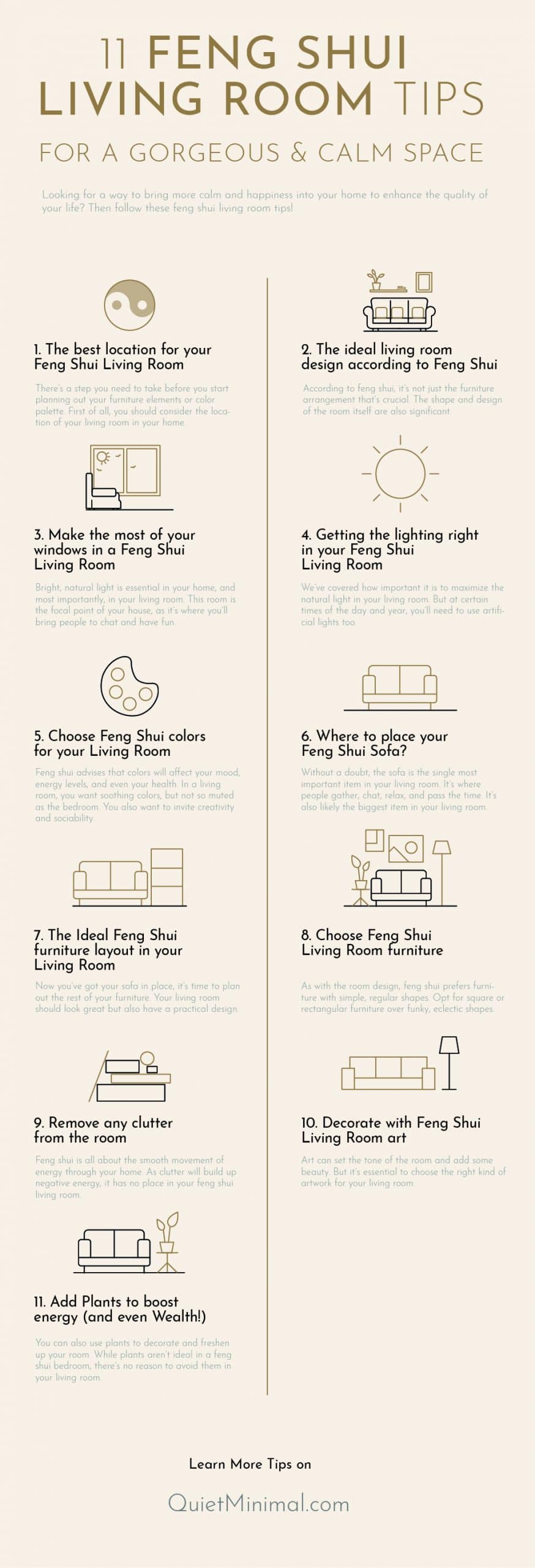
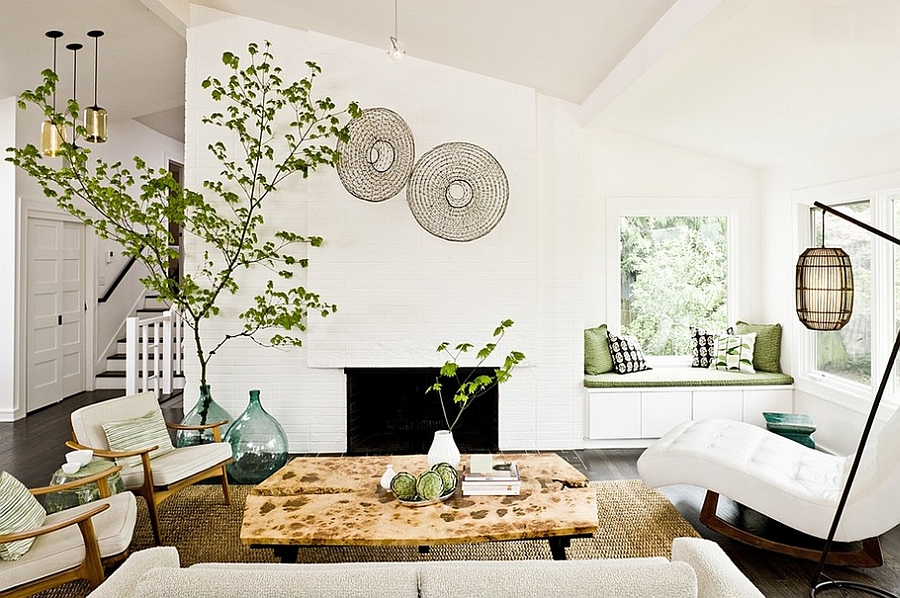


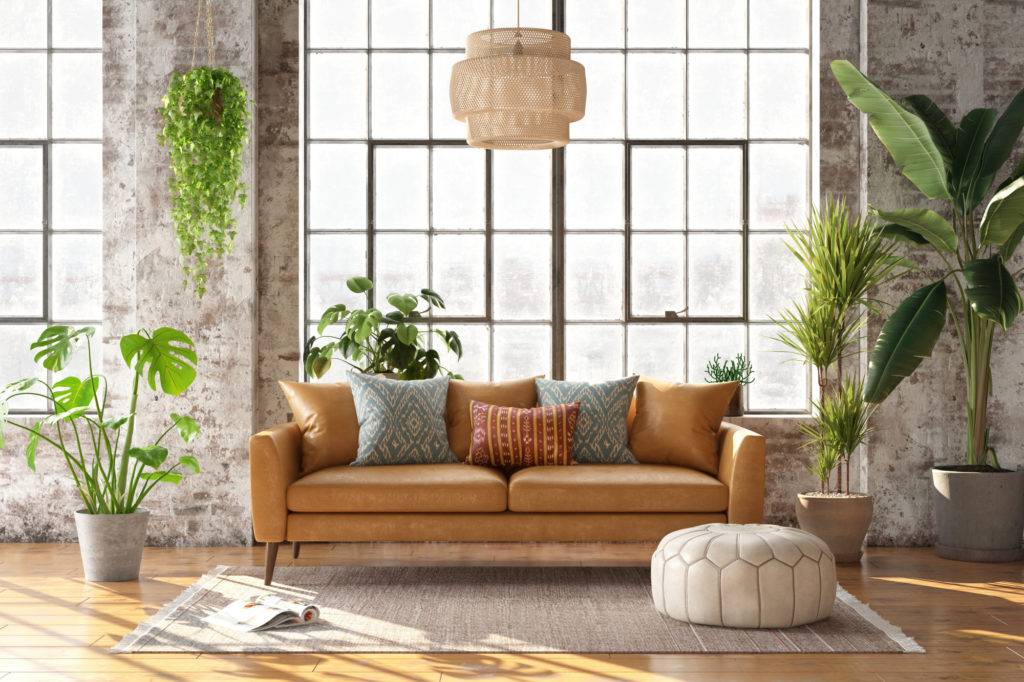


:max_bytes(150000):strip_icc()/GettyImages-1156011692-dd3354f984884054adec618e43903f8a.jpg)


:max_bytes(150000):strip_icc()/GettyImages-642242204-9bc00f4474f040908f0286b3f2764f95.jpg)



.jpg_1510200273.jpg)

:max_bytes(150000):strip_icc()/Naturalwoodhomeelements-565c207e3df78c6ddf5f9a92.jpg)
:max_bytes(150000):strip_icc()/cdn.cliqueinc.com__cache__posts__189968__feng-shui-home-tips-189968-1513357455100-main.700x0c-c3f16185d86347e1b8f6e947e09c51a3.jpg)




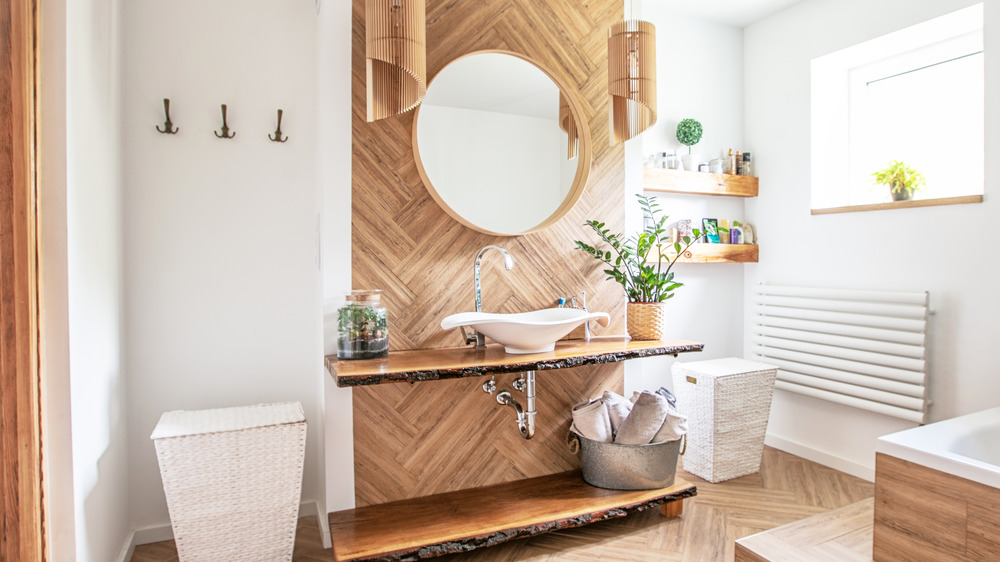





:max_bytes(150000):strip_icc()/GettyImages-642242204-9bc00f4474f040908f0286b3f2764f95.jpg)












